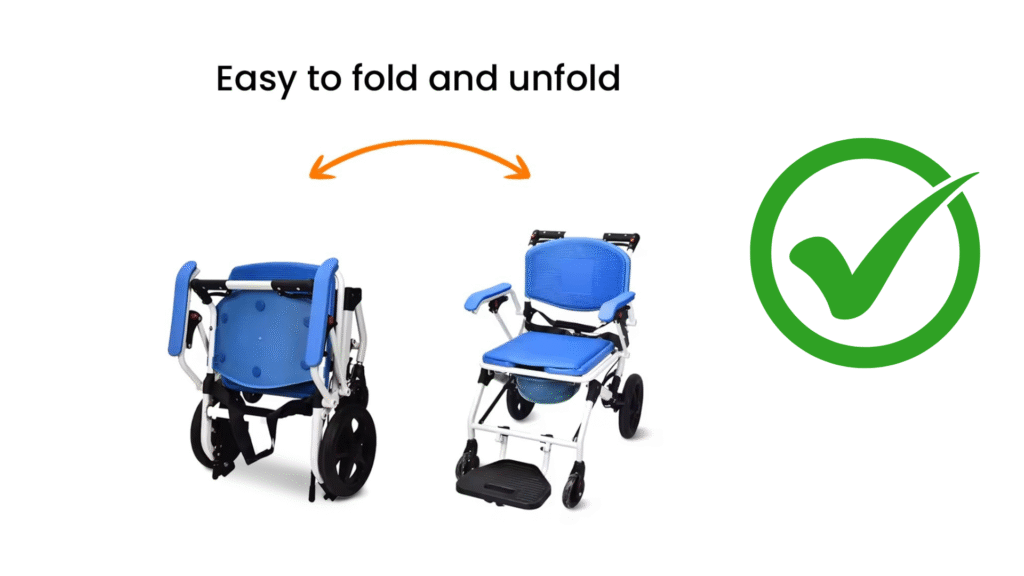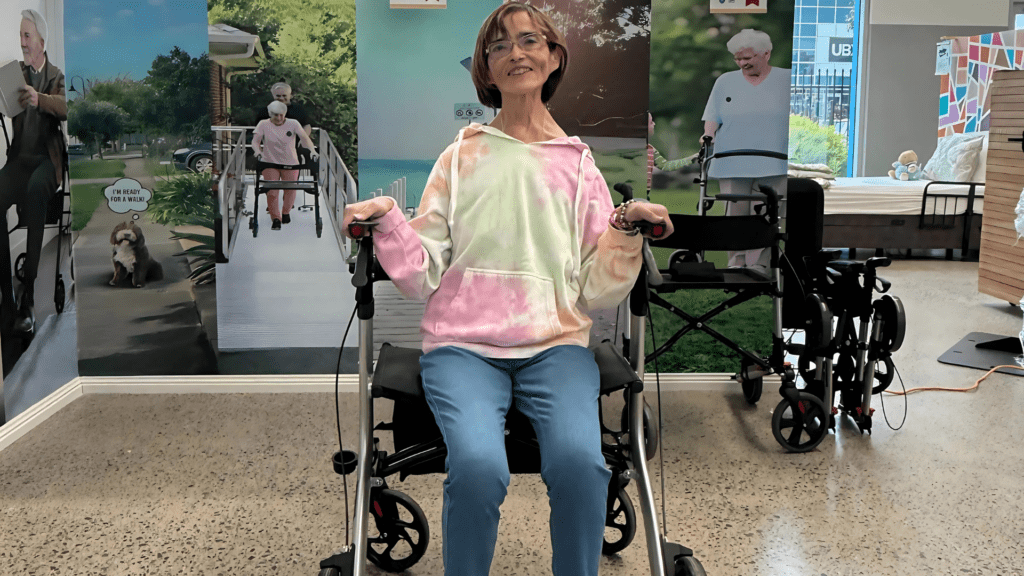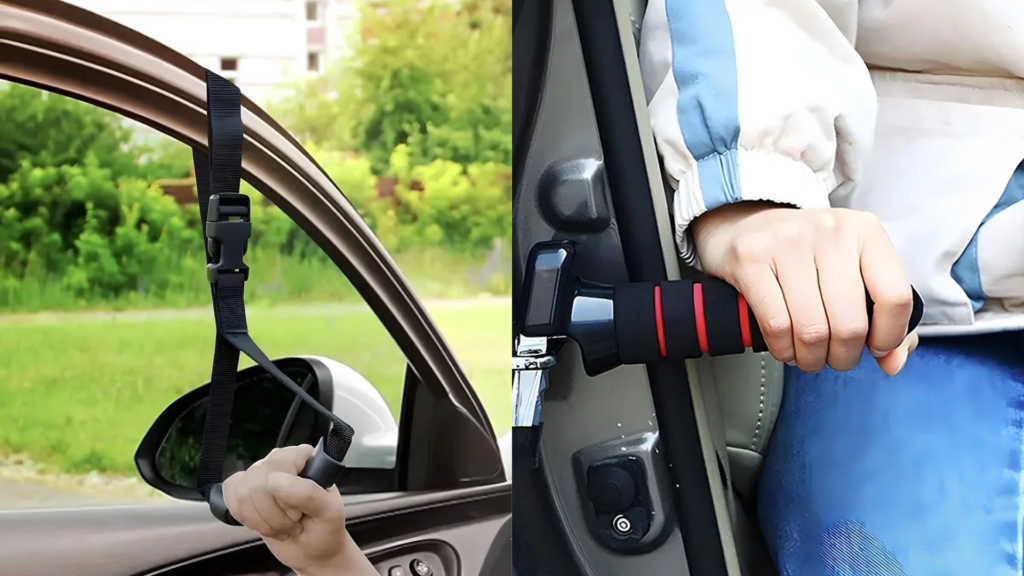In aged care homes across Victoria and Australia, shared bathrooms are the norm rather than the exception. For residents with limited mobility, transferring safely and hygienically between bed, toilet, and shower is a daily challenge. That’s where a commode wheelchair becomes an essential tool—offering both convenience for users and improved care efficiency for staff.
This guide explores the benefits of using wheelchair commodes in aged care bathrooms, along with recommended models and NDIS/SWEP support available for facilities and individual participants.
Challenges of Shared Bathroom Environments
Shared bathrooms in aged care facilities often present unique logistical and health challenges:
- Limited space for transferring or parking assistive equipment
- High infection risk due to multiple users
- Staffing pressure from frequent manual handling
- Resident discomfort or privacy concerns
Without the right equipment, these issues can lead to:
- Increased risk of falls or injury
- Compromised hygiene practices
- Slower staff response times
- Lower resident confidence and independence
That’s why dedicated mobility aids with commode functions are now a must-have in care environments.
Benefits of Wheelchair Commodes in Aged Care
A toilet commode wheelchair is a hybrid mobility device that combines the functionality of a transport wheelchair with an integrated toilet or shower-friendly seat. This design supports safe, dignified care for elderly residents, particularly in facilities with shared amenities.
Key Benefits
- Reduced transfers as residents can move from bedroom to bathroom without manual lifting
- Improved infection control through easy-to-disinfect materials
- Enhanced comfort with reclining and padded options
- Increased staff efficiency with reduced equipment changes
See our versatile Reclining Wheelchair Commode—ideal for long-term care and shared-use settings.
Hygiene, Accessibility, and Safety Features
When selecting a commode wheelchair for aged care, hygiene and safety should be top priorities—especially in shared environments.
Essential Features
- Open-seat or padded commode cut-out for toileting
- Splash guard and removable bucket for hygiene
- Shower-safe materials like rust-resistant steel or aluminium
- Locking castors for stability during transfers
- Height-adjustable armrests and footrests for comfort
- Recline or tilt-in-space functionality for higher care needs
For high-needs residents, a shower commode wheelchair with recline supports extended seated use without compromising comfort or safety.
Best Commode Wheelchairs for Shared Use
Not all commode wheelchairs are suited for the demands of aged care facilities. Here are two standout options available from Care With Us:
1. Reclining Wheelchair Commode
Adjustable reclining backrest
- Padded seat with open commode cut-out
- Removable bucket and splash guard
- Rust-resistant frame for wet areas
- Best for long-term care, shower and toilet use, and high-comfort needs
2. Browse Our Full Commode Range
Compact, portable models for tight bathrooms
- Foldable frames for easy storage
- Adjustable height and armrest designs
- Best for general aged care bathroom use and lower-needs residents
NDIS and SWEP Options for Facilities
Facilities and individuals in Victoria may be eligible for equipment funding through:
1. NDIS Support
- NDIS participants can receive funding under Assistive Technology (AT) categories
- Supports include toilet commode wheelchairs, shower aids, and mobility solutions
- NDIS plans must include justification from an occupational therapist or care provider
2. SWEP (Statewide Equipment Program) – Victoria
- Supports Victorian residents not yet on the NDIS or needing interim equipment
- Facility-based funding available for shared-use equipment after assessment
- Applications often coordinated via allied health professionals
Need help with funding or documentation? Contact us for support tailored to your facility or resident’s plan.
How to Trial or Order Commode Wheelchairs
To ensure compatibility with your facility or resident needs, trialling a commode wheelchair is highly recommended.
How to Get Started
- Step 1: Submit a Product Enquiry Form with your facility’s needs
- Step 2: Schedule a trial or product demo for your bathroom layout
- Step 3: Receive a quote and OT support documentation if required
- Step 4: Proceed with purchase or apply for NDIS/SWEP support
Our team assists aged care homes across Victoria with:
- Bulk orders for shared-use models
- Staff training on equipment handling
- Maintenance tips and infection control guidance
Conclusion
Equipping shared bathrooms in aged care with the right commode wheelchair makes a significant difference for both residents and care teams. From supporting hygiene and dignity to reducing staff load, these mobility aids improve daily care delivery in every way.
- Explore NDIS-approved and facility-ready commode wheelchairs
- Enquire today for expert support and tailored recommendations
- Ask us about SWEP and bulk purchase options for aged care
Frequently Asked Questions (FAQs)
- What is a commode wheelchair used for in aged care?
It’s a wheelchair designed for toileting and showering. It enables residents to move from bed to bathroom without manual transfers. - Are commode wheelchairs suitable for shared bathrooms?
Yes. Models with easy-to-clean surfaces, removable buckets, and rust-resistant frames are ideal for shared use in aged care settings. - Can commode wheelchairs be used in the shower?
Many are designed as shower commode wheelchairs, built from water-safe materials and non-slip wheels. - Does NDIS cover commode wheelchairs?
Yes. NDIS participants may access funding through their Assistive Technology budget, with OT recommendation. - What is SWEP and how can it help?
SWEP is Victoria’s Statewide Equipment Program, offering funding for mobility aids like commode wheelchairs—especially for people not yet eligible for the NDIS. - Can aged care facilities trial equipment before purchase?
Yes. At Care With Us, we offer product trials, demos, and guidance to ensure the right fit for your bathroom environment and resident needs.



